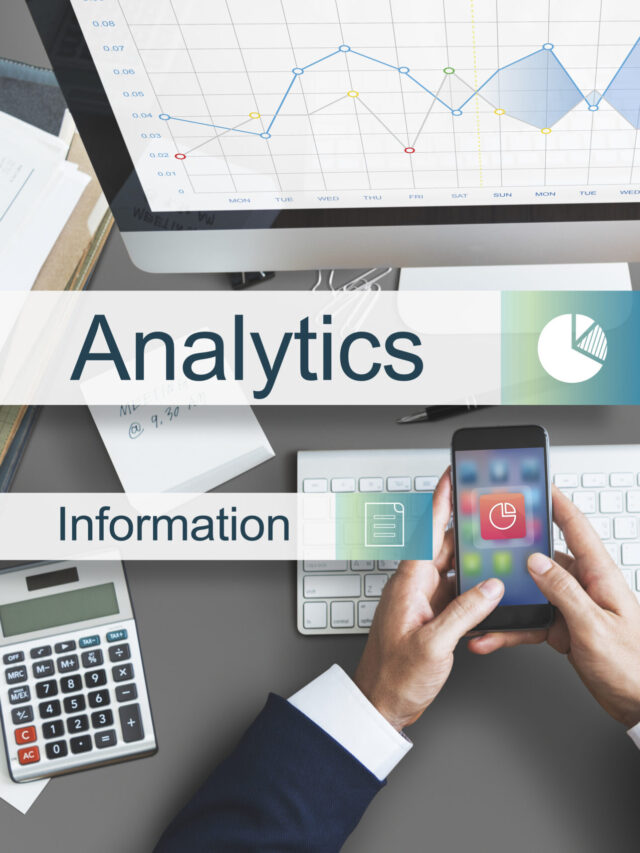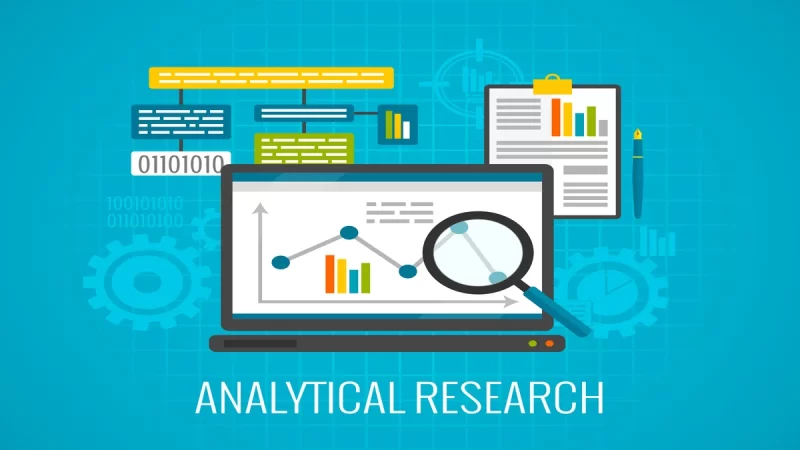Google Analytics 4 Attribution: A Comprehensive Guide

Understanding user behavior and optimizing marketing efforts is crucial for business success. Google Analytics 4 (GA4) provides advanced attribution capabilities to help you track and analyze user journeys more effectively. This guide covers the essentials of GA4 attribution, offering insights into setting up, interpreting data, and leveraging this powerful tool to make data-driven decisions.
What is Google Analytics 4 Attribution?
Google Analytics 4 attribution is a method of assigning credit to various touchpoints in a user’s journey towards a conversion. Unlike Universal Analytics, GA4 introduces a more flexible and detailed approach to attribution, allowing businesses to understand the impact of different marketing channels better.
Setting Up Google Analytics 4 Attribution
Setting up GA4 attribution involves a few key steps:
- Create a GA4 Property: If you haven’t already, create a GA4 property in your Google Analytics account. This is the foundation for collecting and analyzing data.
- Configure Data Streams: Set up data streams for your website and/or app to ensure comprehensive data collection.
- Enable Enhanced Measurement: Turn on enhanced measurement features to automatically track events like page views, scrolls, and outbound clicks.
- Define Conversions: Identify and configure the events that are most valuable to your business, such as purchases, sign-ups, or downloads.
Key Attribution Models in GA4
GA4 offers several attribution models to choose from:
- Last Click Attribution: Gives all credit to the last touchpoint before conversion.
- First Click Attribution: Attributes all credit to the first touchpoint that initiated the user journey.
- Linear Attribution: Distributes credit equally across all touchpoints.
- Time Decay Attribution: Gives more credit to touchpoints closer to the time of conversion.
- Position-Based Attribution: Allocates 40% of the credit to both the first and last interactions, with the remaining 20% spread across the middle interactions.
Customizing Attribution Settings
GA4 allows for customization to better align with your business goals:
- Conversion Paths: Analyze the different paths users take towards conversion. This helps in identifying the most common sequences of interactions.
- Lookback Window: Adjust the lookback window to define how far back in time interactions are considered for attribution. GA4 offers a default lookback window of 30 days but can be customized to fit your needs.
- Engagement Metrics: Utilize engagement metrics to understand the quality of interactions at each touchpoint.
Interpreting GA4 Attribution Data
Understanding GA4 attribution data involves analyzing reports and insights:
- Attribution Reports: Access these reports to see how different attribution models impact your conversion data. This helps in comparing the performance of various marketing channels.
- Conversion Paths: Use the Conversion Paths report to visualize the steps users take before converting. This helps in identifying key touchpoints and optimizing your marketing mix.
- Model Comparison: The Model Comparison tool allows you to compare different attribution models side by side, helping you choose the best one for your business.
Leveraging GA4 Attribution for Business Success
To make the most of GA4 attribution, follow these best practices:
- Regularly Review and Adjust: Regularly review your attribution settings and make adjustments based on changing business goals and market conditions.
- Integrate with Other Tools: Integrate GA4 with Google Ads, Search Console, and other marketing tools to get a holistic view of your marketing performance.
- Test and Iterate: Continuously test different attribution models and strategies to find the most effective approach for your business.
Google Analytics 4 attribution is a powerful tool for understanding and optimizing the user journey. By setting up GA4 properly, customizing attribution models, and regularly reviewing your data, you can make informed, data-driven decisions that enhance your marketing efforts and drive business growth. Start leveraging GA4 attribution today to gain deeper insights and achieve better results.
FAQs about Google Analytics 4 Attribution:
Google Analytics 4 (GA4) attribution is a method of assigning credit to various touchpoints in a user’s journey towards a conversion. It helps businesses understand how different channels and interactions contribute to their conversion goals.
GA4 offers more advanced and flexible attribution models compared to Universal Analytics. It provides deeper insights into user behavior and interactions across various channels and devices, allowing for better optimization of marketing efforts.
The lookback window in GA4 defines how far back in time interactions are considered for attribution. The default lookback window is 30 days, but it can be customized to fit your specific business needs.
Regularly reviewing and adjusting attribution settings ensures that your data reflects current business goals and market conditions. It helps in maintaining accuracy and relevance in your marketing analysis and strategies.
Yes, GA4 can be integrated with other marketing tools like Google Ads, Search Console, and various third-party platforms. This integration provides a holistic view of your marketing performance and enhances data accuracy.







